From a Dark Past to Paradise, The Bridge Over the River Kwai
Just a stone’s throw away from the bustling vibes of Bangkok, the unassuming town of Kanchanaburi, Thailand, unfolds its story. Nestled in a mountainous region, caressed by the River Kwai, and bordered by Burma, visitors discover a gateway to adventure, history, and encounters with traditional Thai and Burmese hill-tribe cultures.
Surprisingly, Kanchanaburi isn’t frequently on people’s must-visit lists. Yet, those who do venture here find themselves not regretting it in the slightest. In this article, we delve into the contrasting facets of Kanchanaburi, from its dark past to its present-day paradise, inviting you to uncover the hidden gems and untold stories that make this town a remarkable destination.

The Dark Past
This year marks the 66th anniversary of the iconic film “Bridge on the River Kwai,” directed by David Lean and based on Pierre Boulle’s novel. The movie, which received an impressive 30 international awards and 8 nominations, introduced the world to a harrowing chapter in the history of the Thailand-Burma Railway, also known as the Death Railway.
Although the movie has proven itself successful through its accolades, the veterans who were a part of building the railway are aching for their stories to be heard. While the historical setting of the film was based on a true story, the characters and screenplay are almost entirely fictional.
The Death Railway earned its name from the immense toll it took on the lives of those who built it. In the throes of World War II, the Japanese army sought a strategic advantage by constructing a railway from Thailand to Burma (modern-day Myanmar), enabling swift transportation of troops and supplies.
Faced with the urgency of the escalating war, the Japanese authorities employed a workforce comprising captured Prisoners of War (POWs) from Australia, Britain, the Netherlands, and the United States, along with forced laborers from Asia.

The POWs and laborers found themselves thrust into grueling conditions, compelled to construct a 258-mile (415 km) railway through unforgiving landscapes. The toll on human life was staggering. Over 250,000 individuals, including both POWs and forced laborers, were coerced into labor for this monumental task.
The absence of proper records shrouds the exact number of lives lost, but estimates suggest approximately 16,000 POWs and a staggering 100,000 Asian laborers are believed to have perished during the construction of the railway. The profound waste of human life characterizes this period in history’s cruelty and senselessness, which are beyond comprehension.
Their indomitable spirit and sacrifice, despite the abysmal conditions and violence inflicted by their captors, deserve our recognition and remembrance.

The Present Paradise
Kanchanaburi, a region steeped in history, has evolved into a traveler’s paradise that seamlessly blends the past with the present. It may only be a short hop from Thailand’s capital, but this town couldn’t be further from the hustle and bustle of the big city. You’re in for a pleasant surprise as you discover all the hidden gems this captivating area hosts.
This province is home to the Western Forest Complex, one of the largest protected forests in Southeast Asia lining the Thai – Burmese border and is home to a number of critically endangered species of animals.
Besides its stunning natural beauty, Kanchanaburi holds remnants of a bygone era when Cambodia’s Khmer empire extended its reach all the way to Burma.
About 30 miles from town, the echoes of this historical connection are found in the Prasat Muang Singh Historical Park. Here, the remains of an ancient Khmer temple complex and military outpost come to life, offering a glimpse into a past that spans at least 800 years.
Read on to discover what Kanchanaburi has to offer.
How to get to Kanchanaburi from Bangkok
Traveling from Bangkok to Kanchanaburi takes about 3.5 hours via bus, train, van, or private taxi.
If you’re up for a unique all-inclusive vacation, take a ride through our Thailand Bike, Boat, and Beach tour.

What to do in Kanchanaburi
- Visit the Bridge on the River Kwai: Kanchanaburi’s landscapes are nothing short of awe-inspiring. As you explore this region, you’ll be surrounded by lush, vibrant countryside, sugar cane fields, and picturesque rice paddies where you can catch a glimpse of the locals tending to their buffalo.
- Visit the Thai-Burma Railway Center: Rod Beattie, an Australian who has spent years researching the railway, the POW camps, and the stories of the prisoners, curated this privately funded museum as a labor of love. As you step inside, you’ll discover a comprehensive overview of the railway’s history and the harrowing conditions under which the prisoners toiled and, sadly, where many perished. Right across from the museum, you’ll find the Allied war cemetery, a solemn resting place for 6,982 Allied POWs.

- Cruise the River Kwai: Kanchanaburi’s inviting riverside ambiance is a sanctuary for relaxation and reflection. The River Kwai, once witness to immense wartime sacrifices, has transformed into a tranquil waterway where you can simply unwind and soak in the serene surroundings.
- Ride the historic Siam – Burma Railway: For a unique historical experience, hop aboard the train that runs on the remaining sections of track from the original Thai-Burma Railway. The journey offers a glimpse into a bygone era as you pass over the thrilling Wang Pho Viaduct. While the train is mostly quiet, you might share the ride with a few locals making their way to the market or school.

- Visit Hellfire Pass Memorial: As you explore Kanchanaburi, make sure to include a visit to the Hellfire Pass Memorial. Here, you’ll walk down to the cutting that was hand-chiseled by the prisoners themselves. This section of the railway was particularly difficult to build, and laborers often worked around the clock in brutal conditions. At night they worked by torch light which reminded the prisoners of the fires of hell, hence the name Hellfire Pass.
- Explore the ruins of the Khmer Empire: Hop on a bike and take a ride to Mueang Sing. Cruising along near-empty country roads, you’ll meander through farmland adorned with flourishing corn, rice, and an array of crops, immersing yourself in the unhurried rhythm of rural life. Enroute, you’ll encounter echoes of bygone civilizations, remnants that time has gently swept away.
The BEST way to explore Kanchanaburi
By bike and boat, of course! The all-inclusive Thailand Bike, Boat, and Beach Tour will grant you a scenic peak into the real history of the Death Railway and Hellfire Pass, cruise down the River Kwai in your floating hotel with a cold drink in hand, cycle through the countryside, and uncover the region’s hidden stories.
This comprehensive journey begins in the heart of Bangkok and takes you on a captivating ride, walk, kayak, and snorkeling experience all the way to the stunning Koh Yao Noi.
This tour is designed for everyone, whether you’re an adventurer, cyclist, or someone seeking relaxation and breathtaking views. It’s the perfect getaway for all, offering a seamless, all-encompassing experience from Bangkok to Koh Yao Noi.



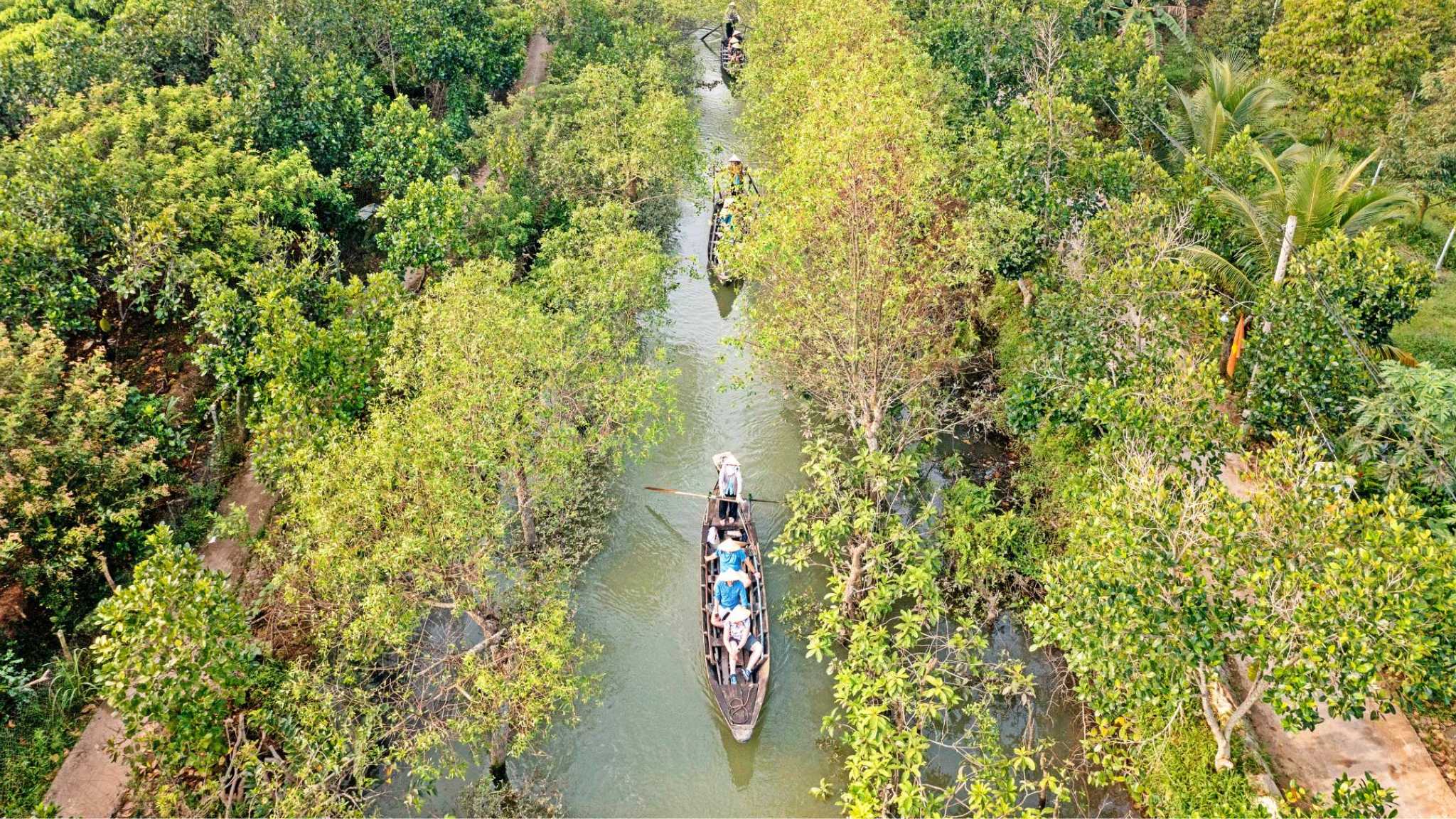










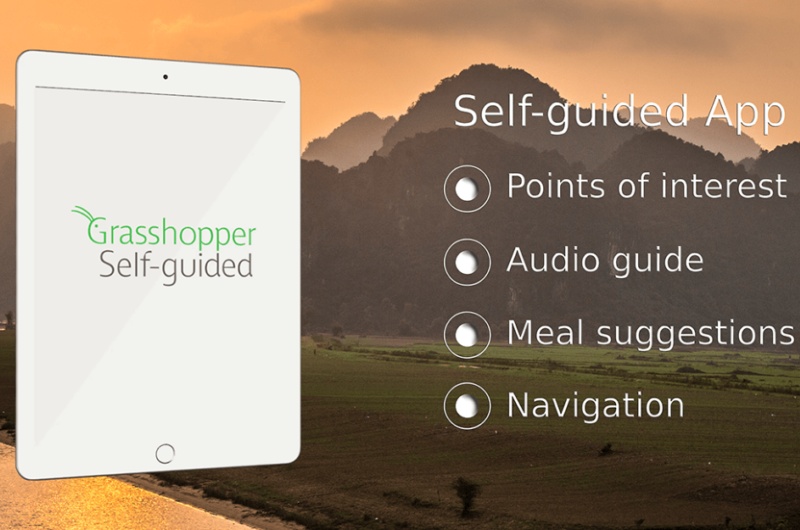








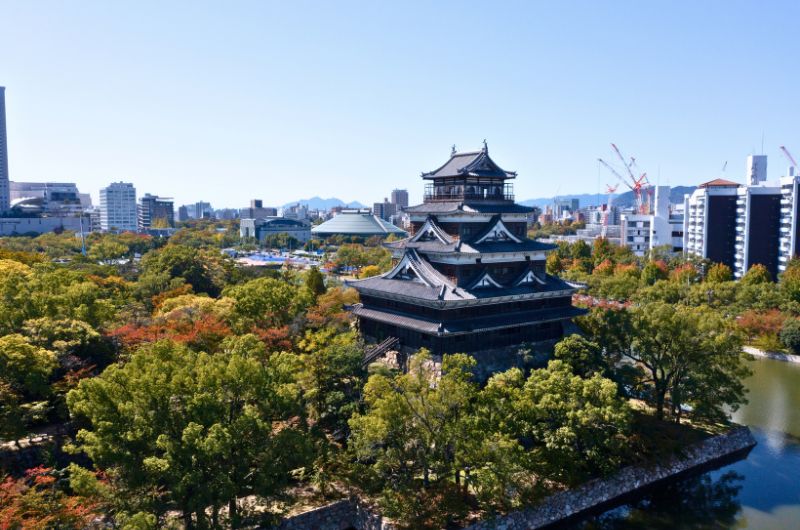
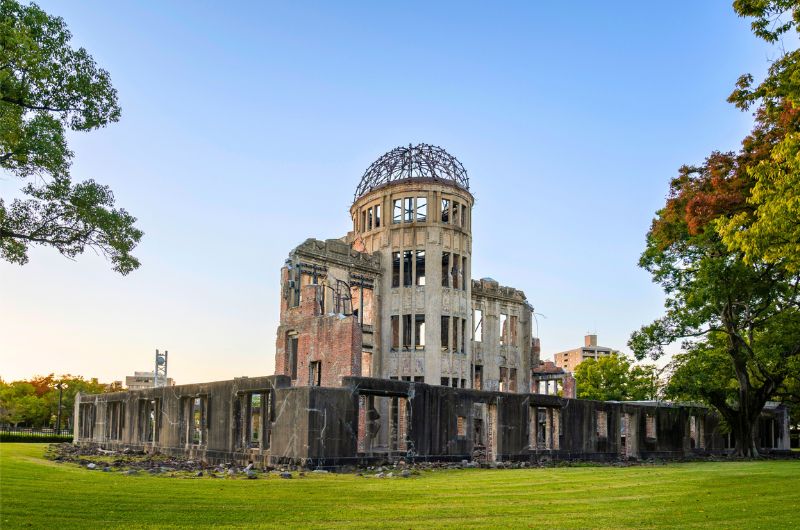
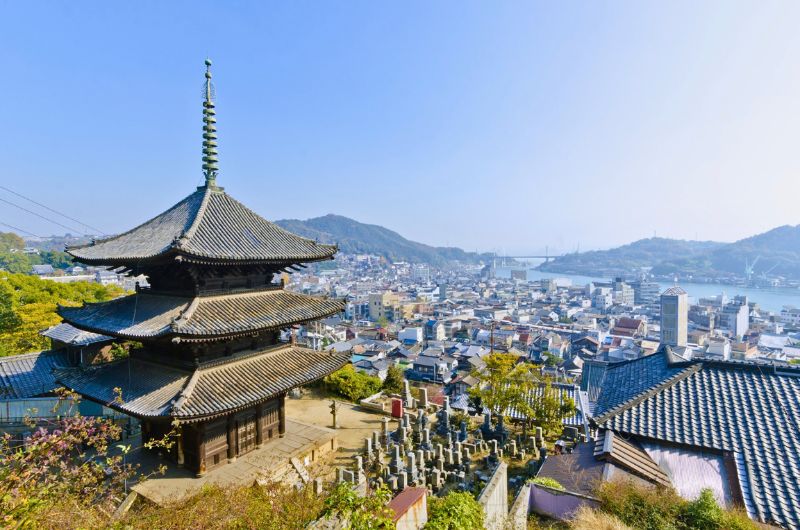
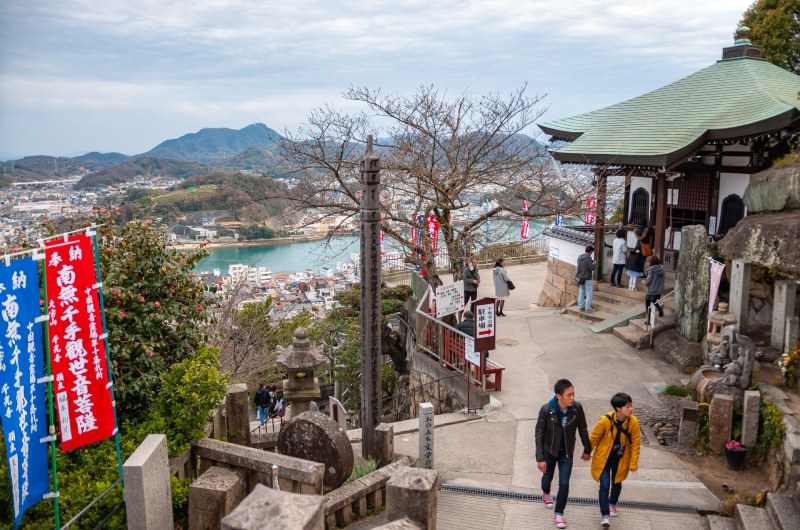
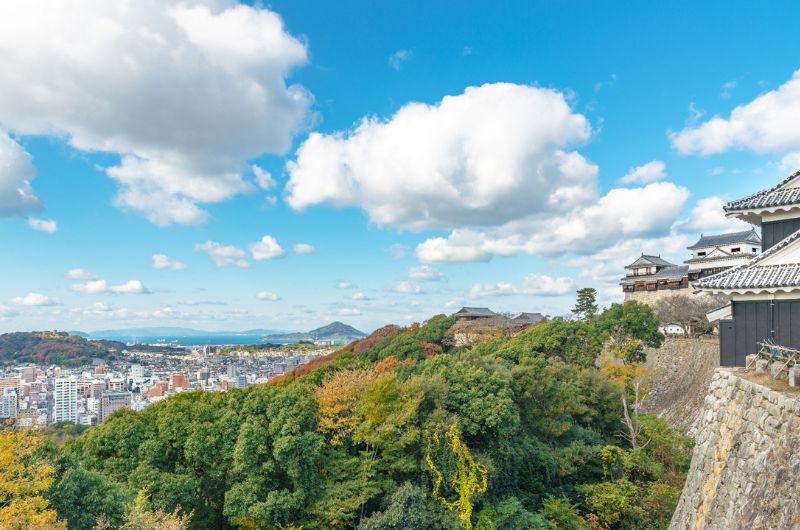
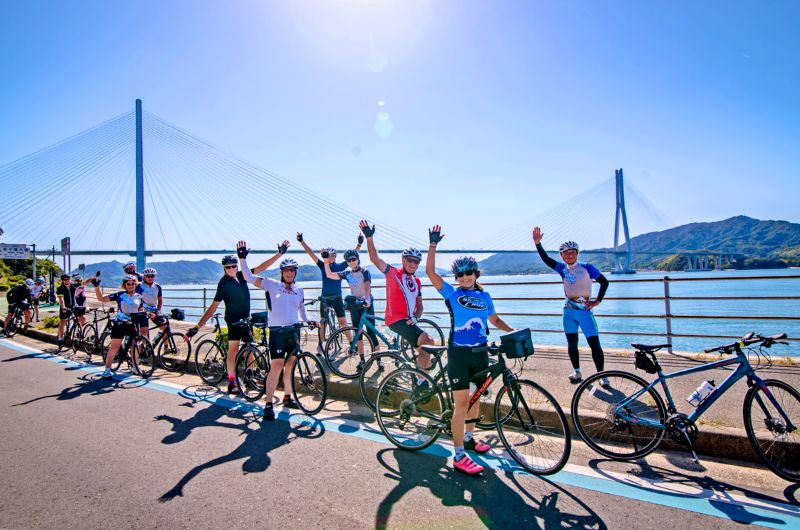
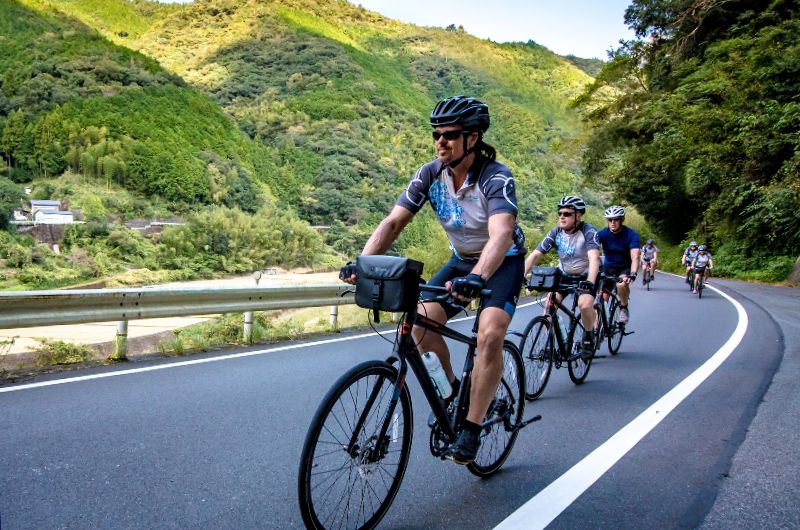
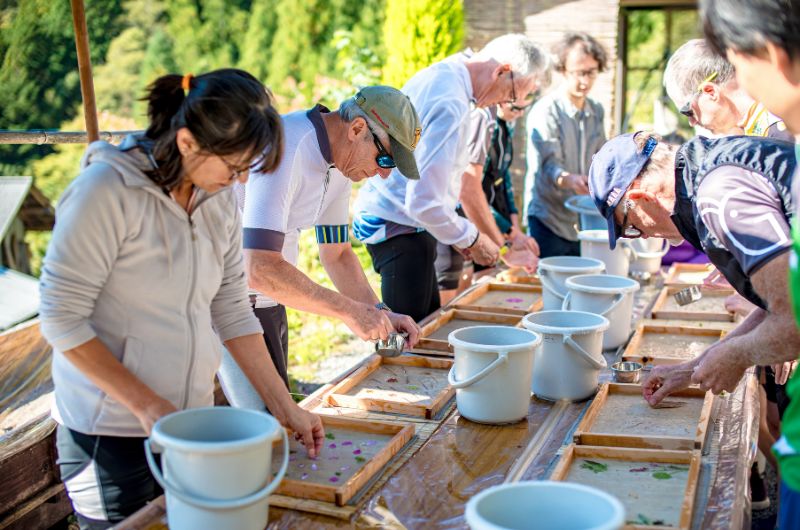

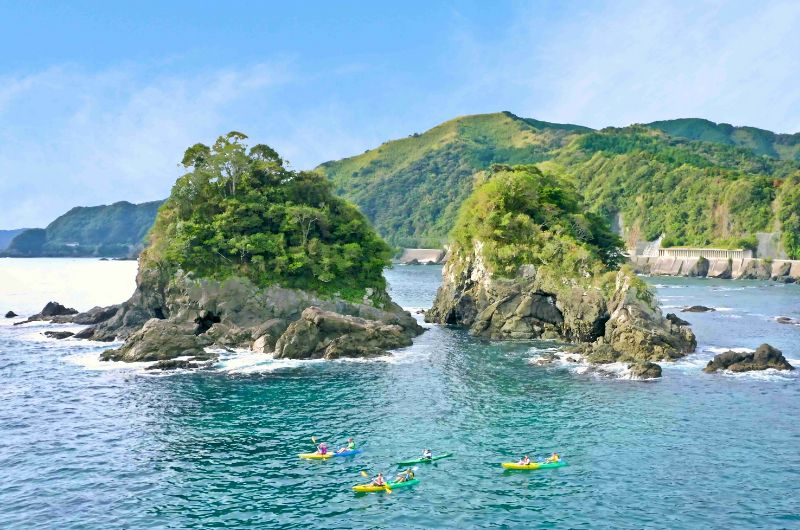
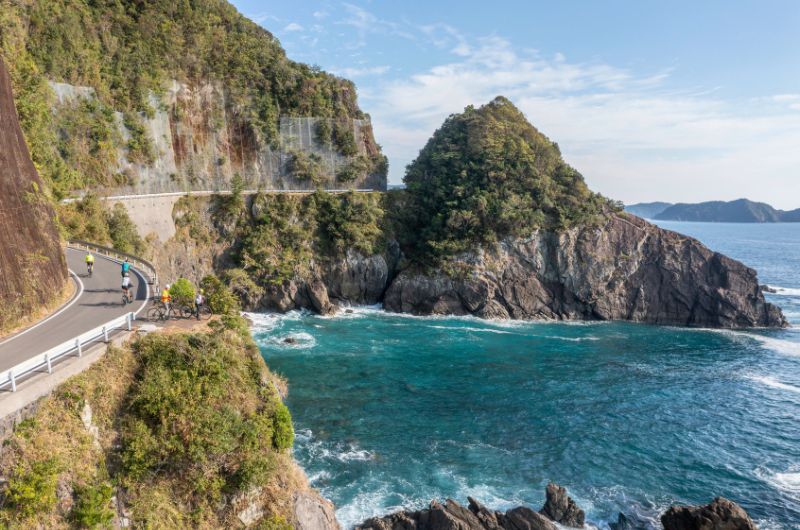
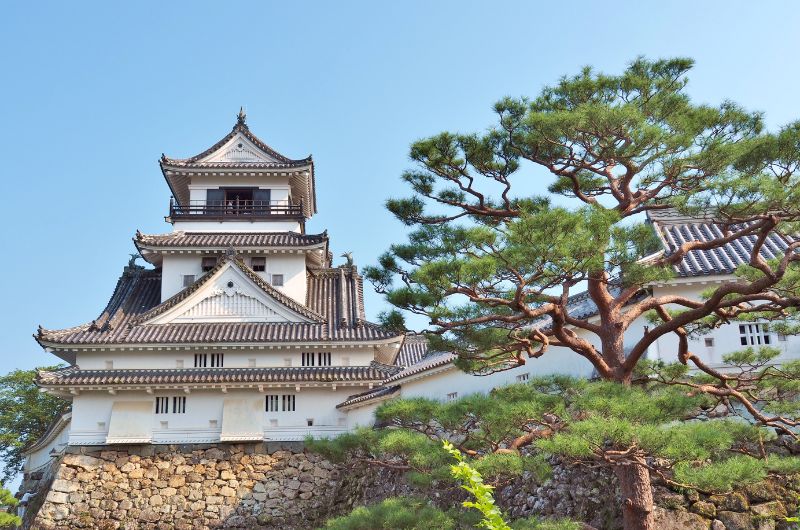

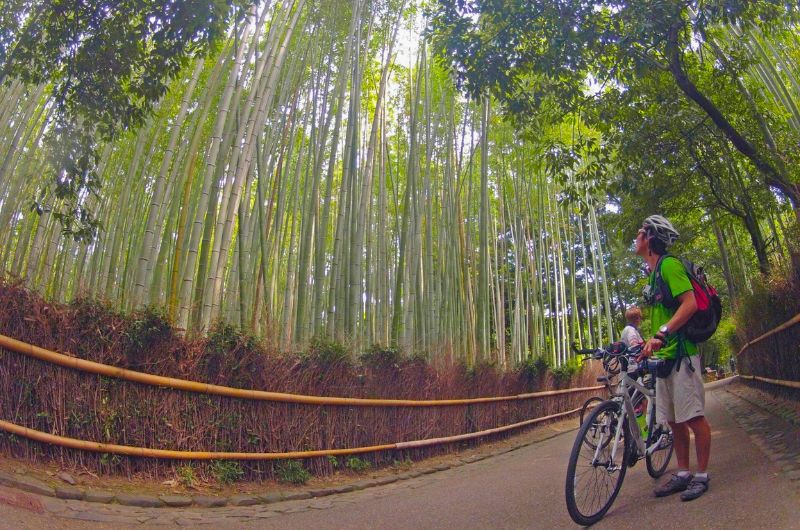
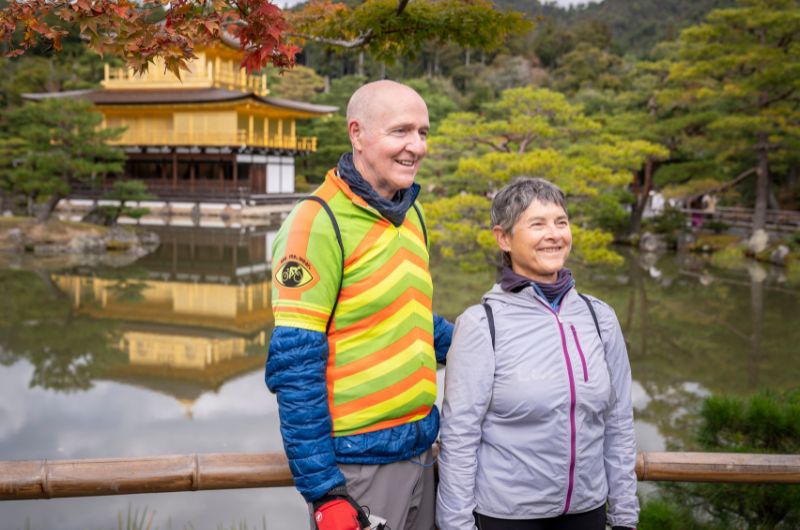
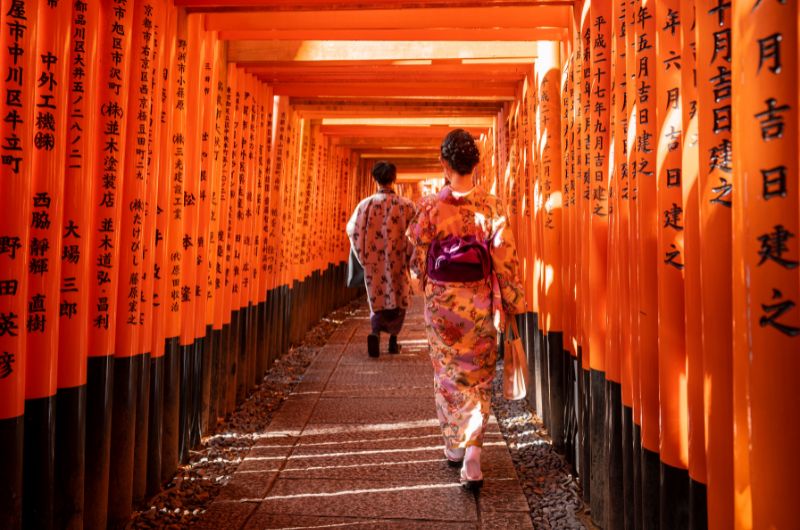


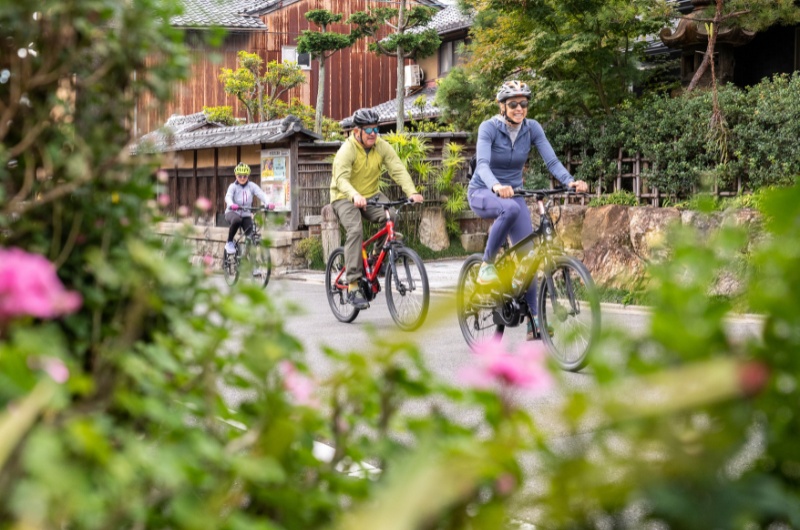


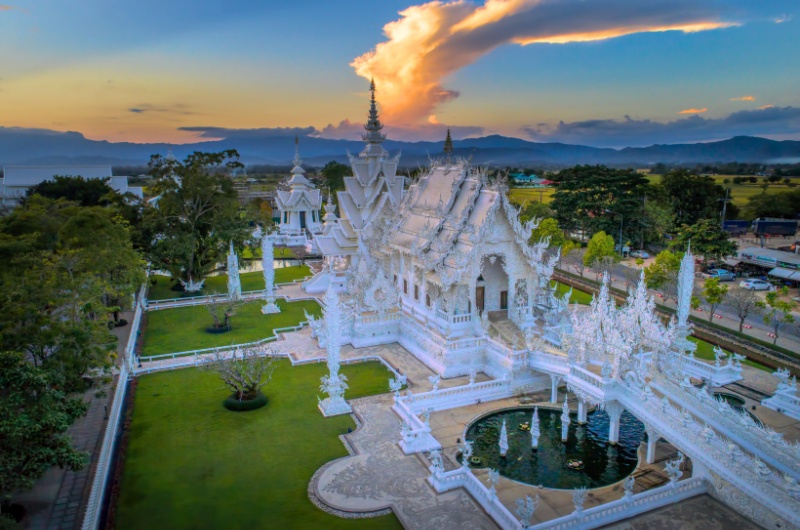

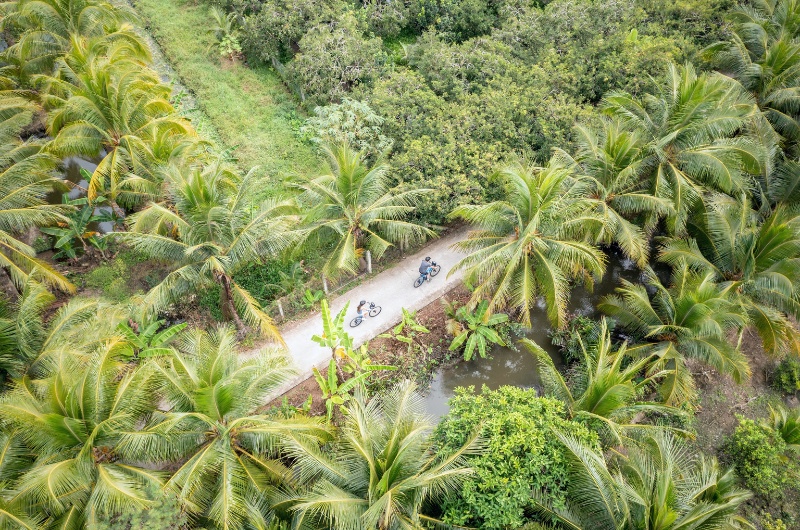

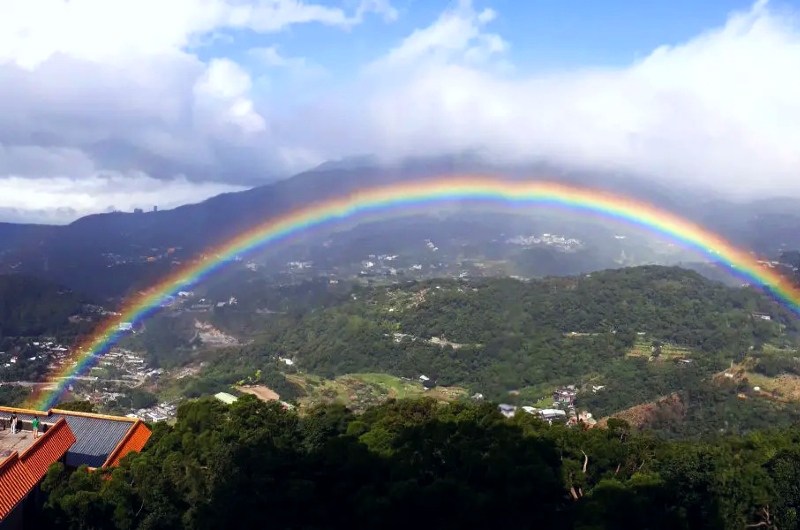
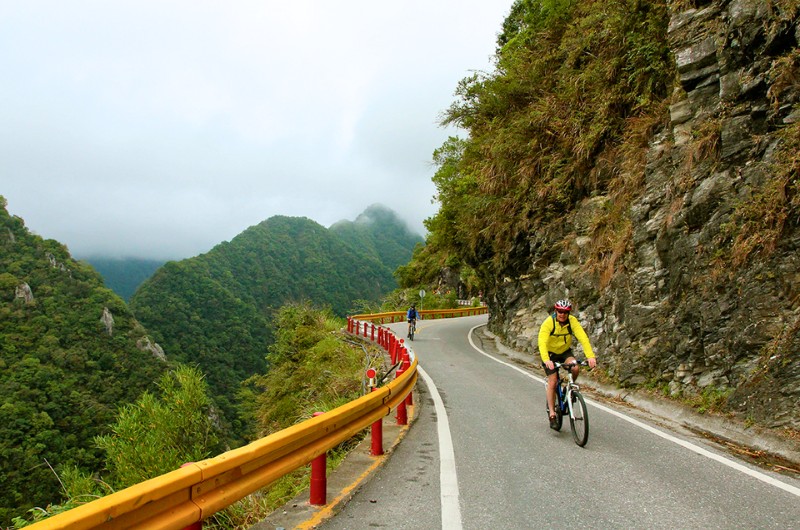
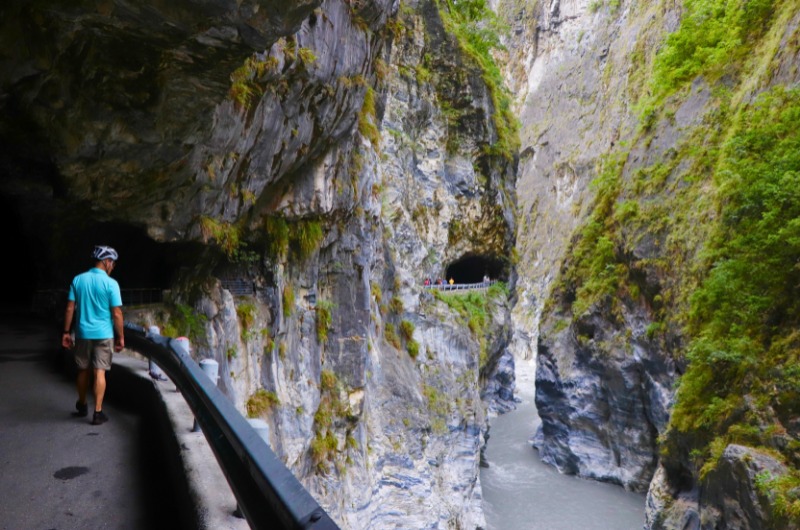
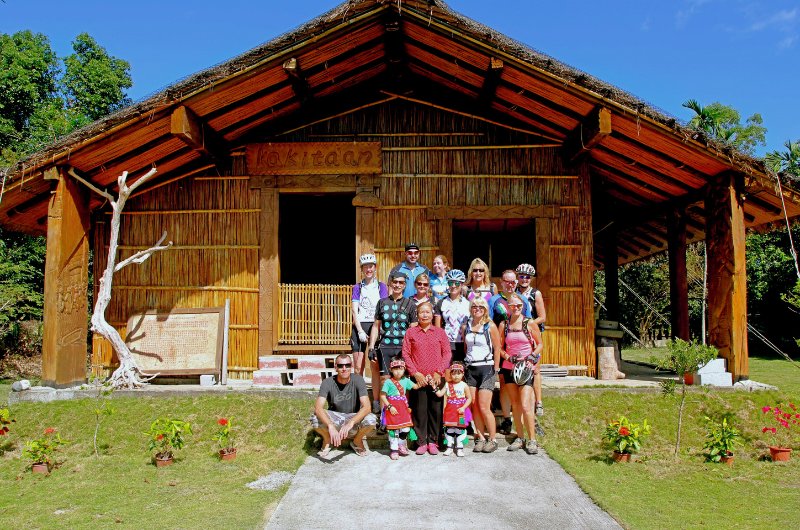
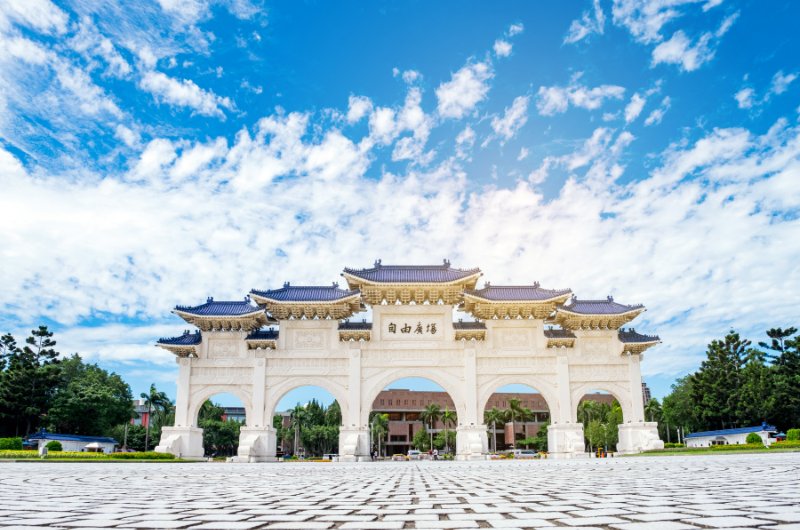
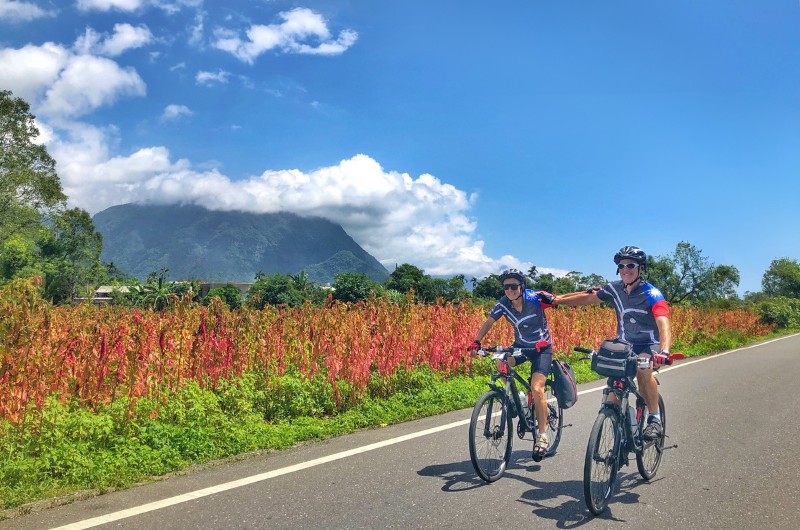
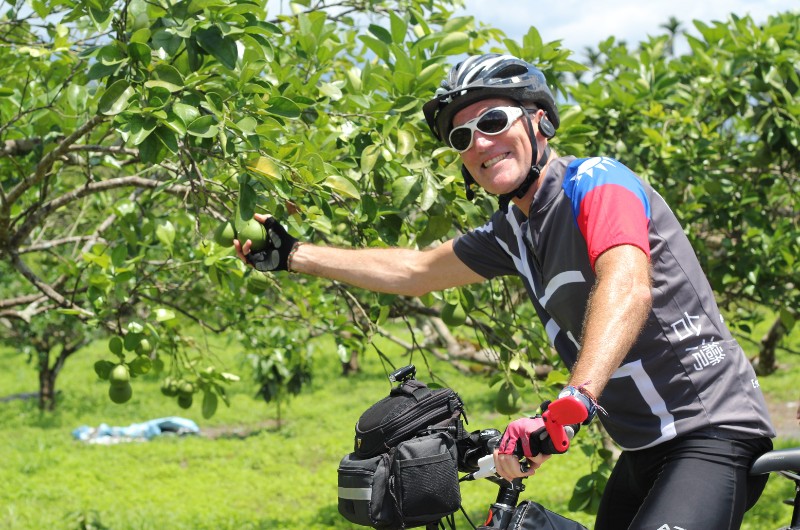
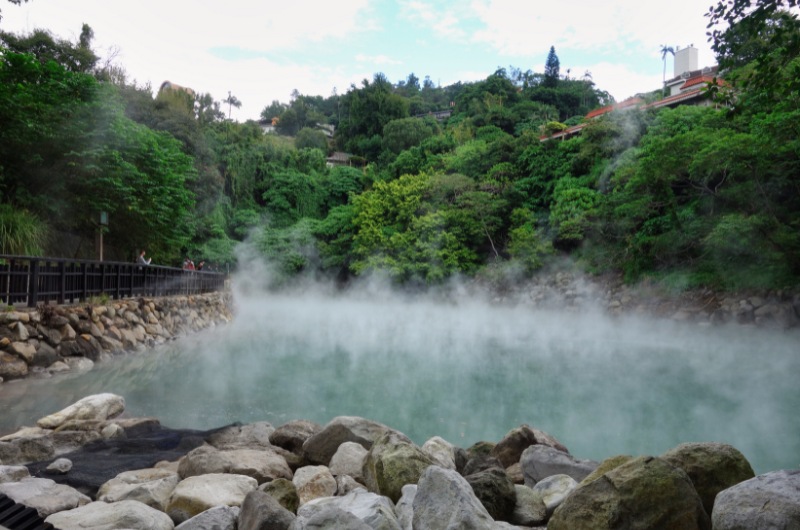
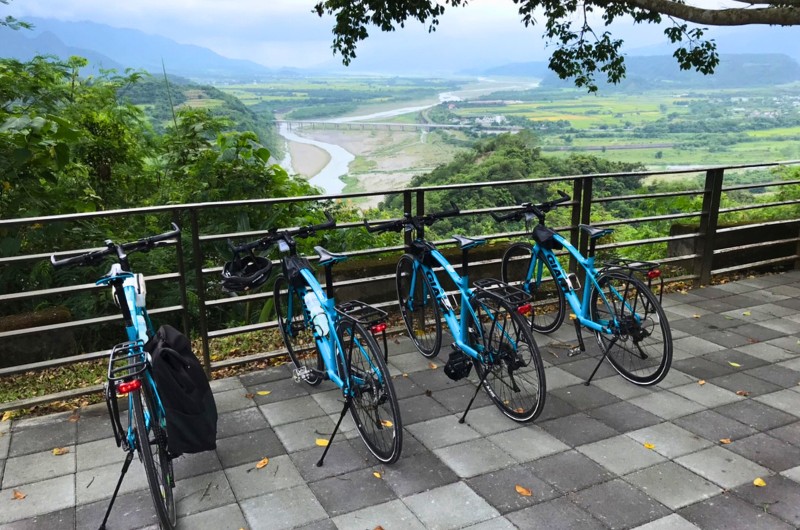



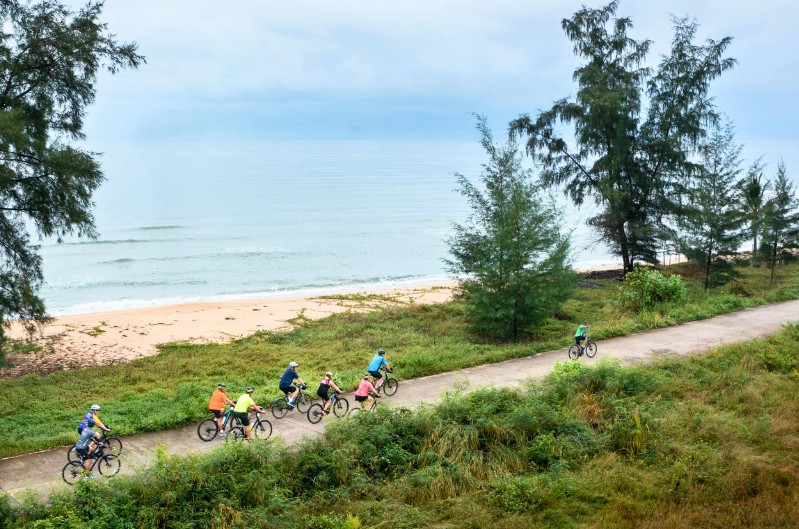
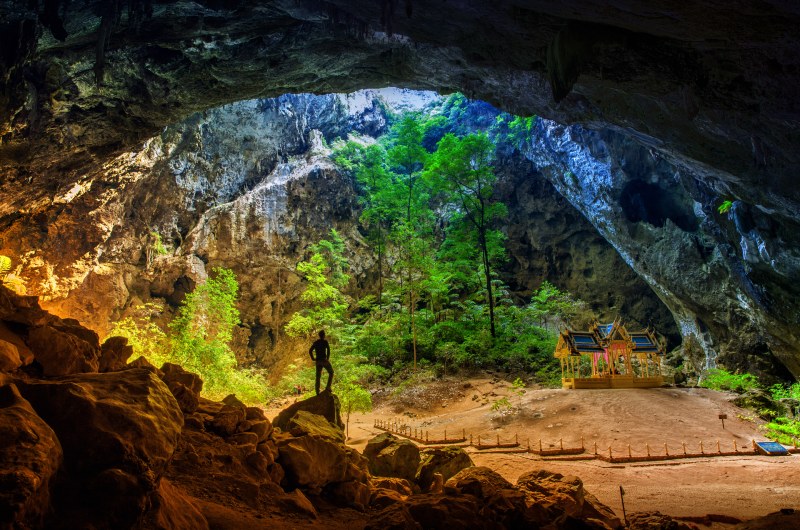
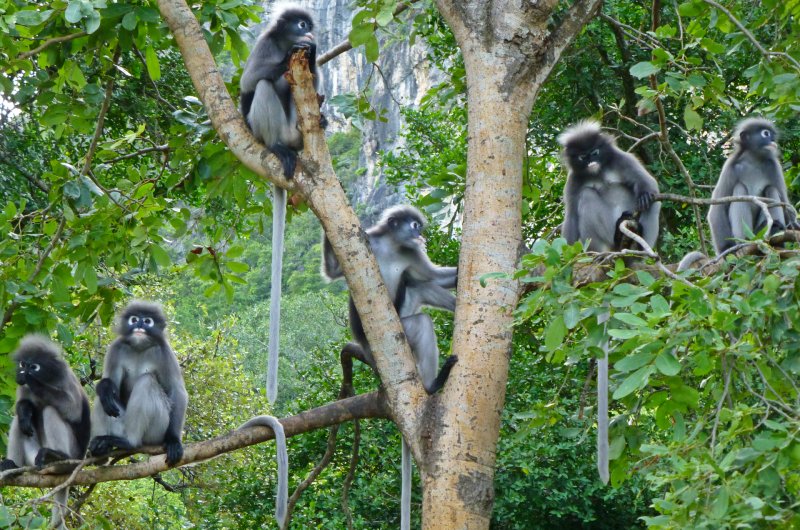

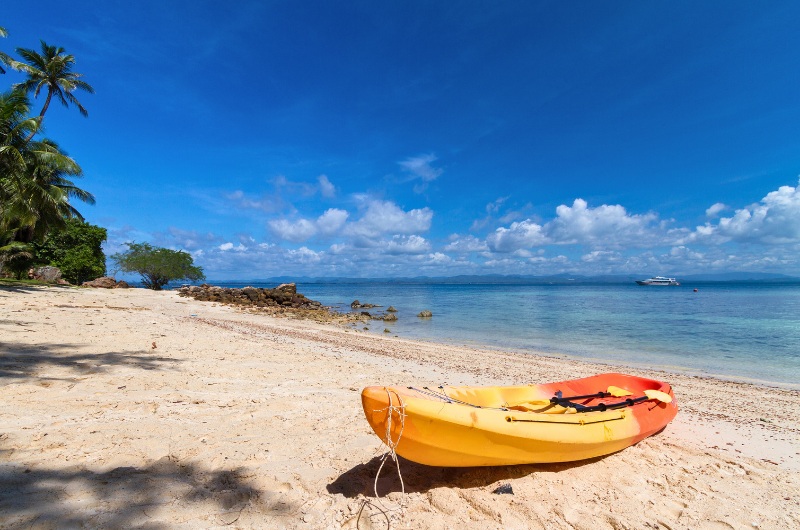





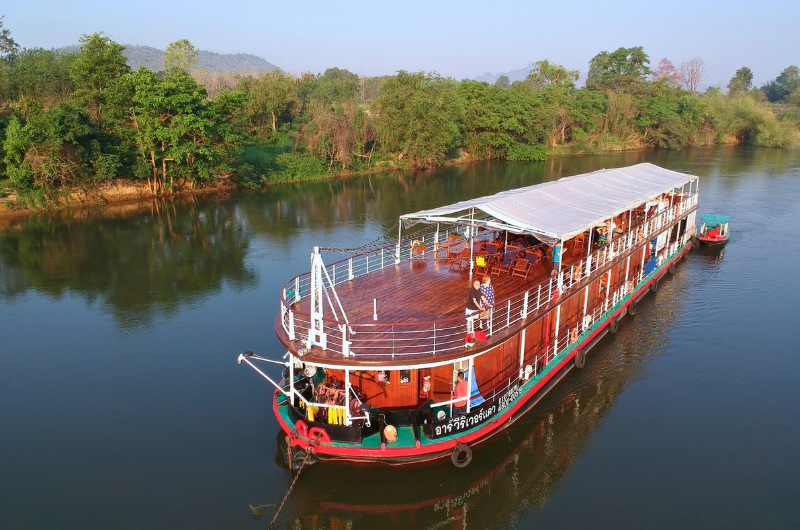


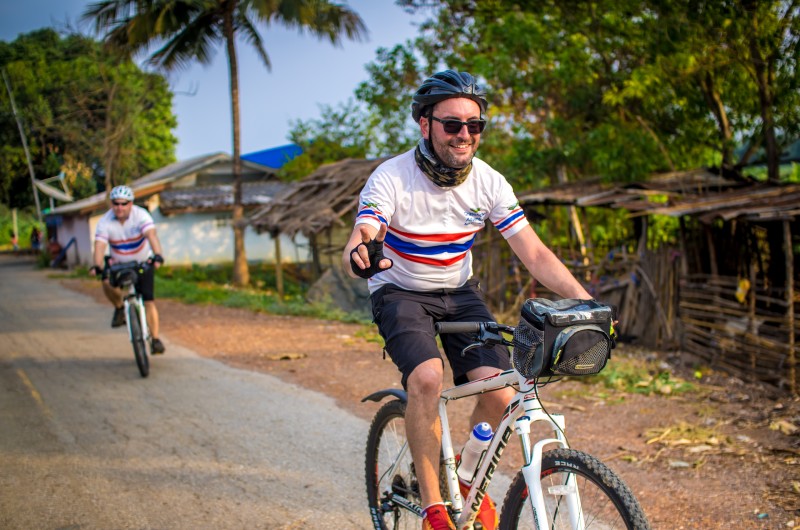
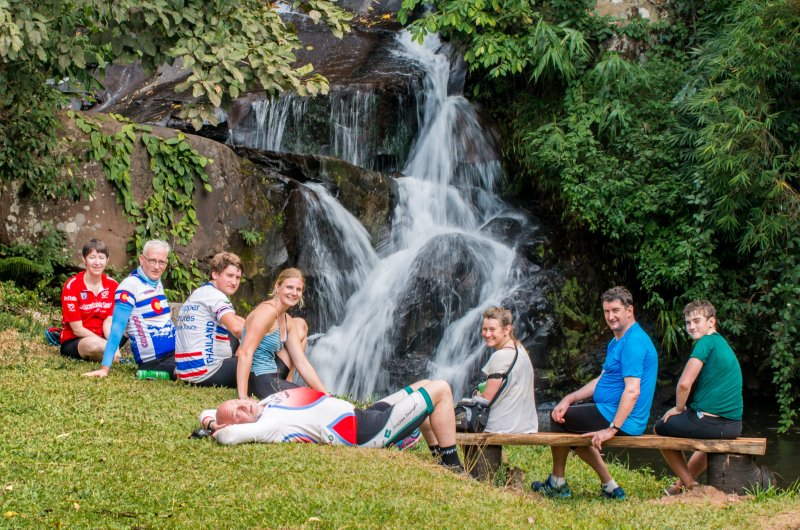
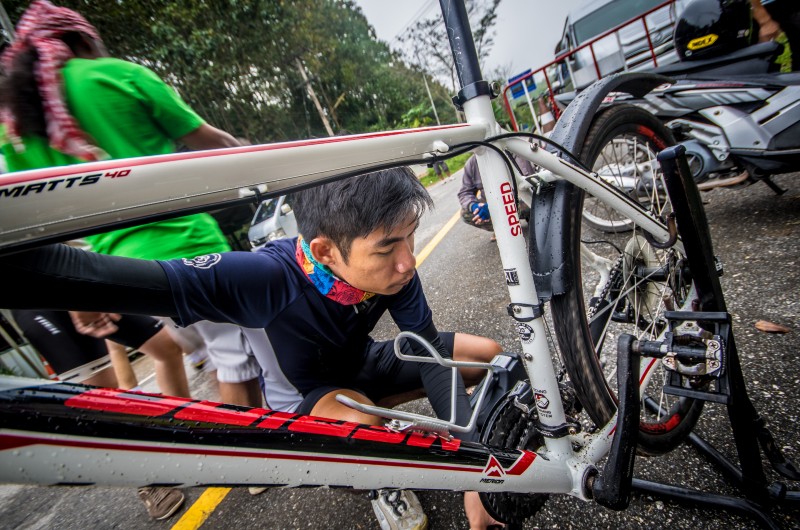

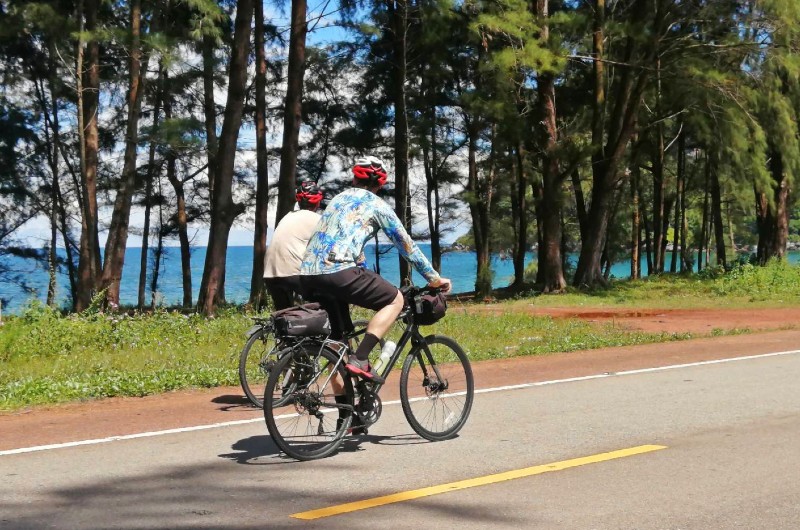
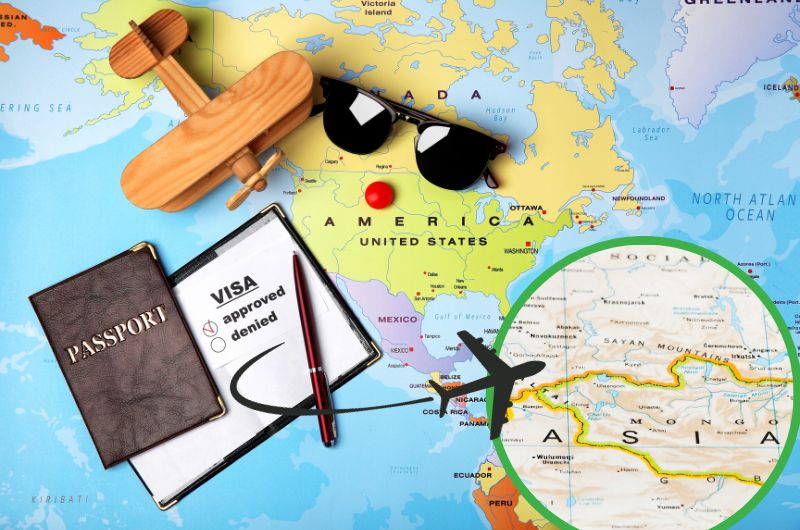


























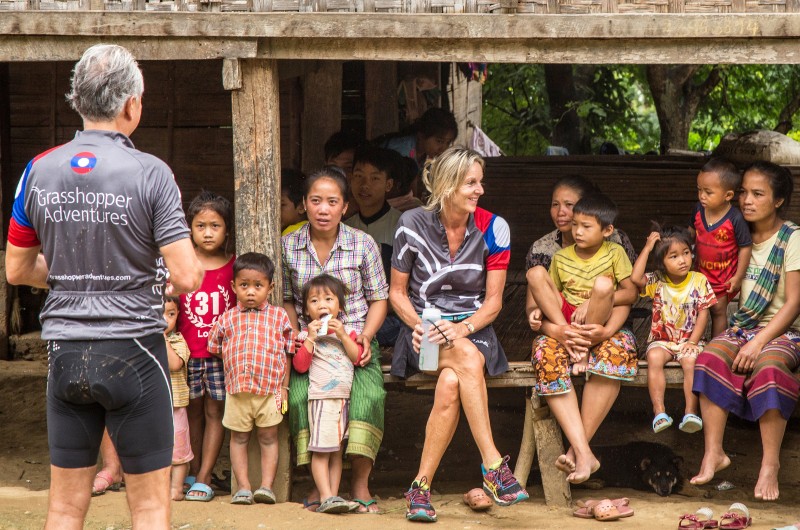
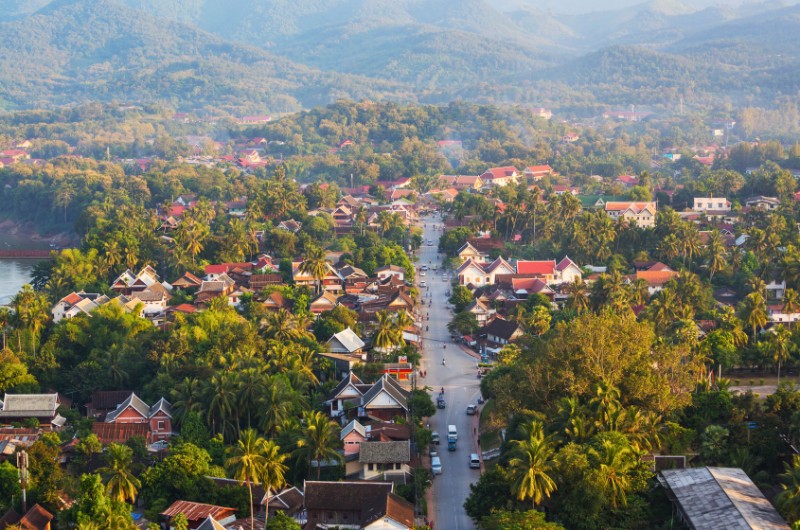
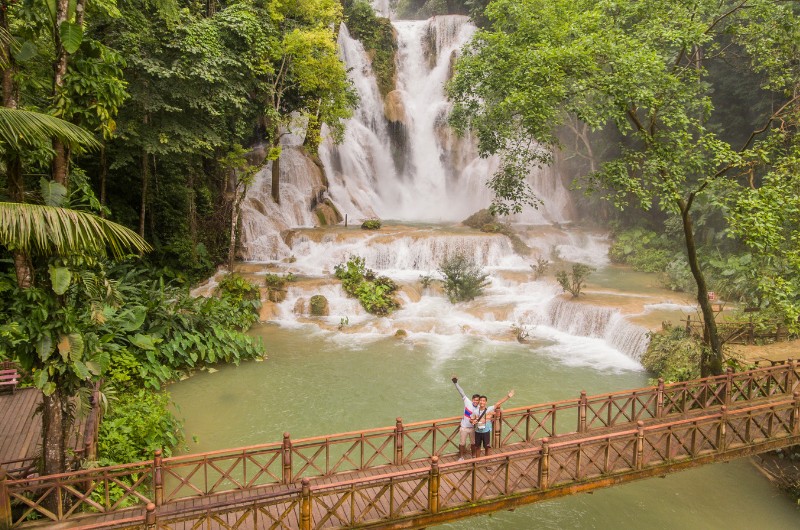
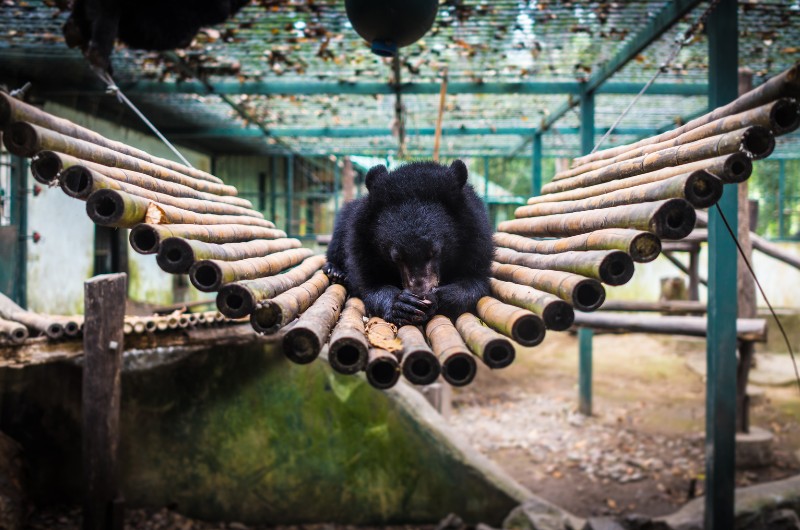

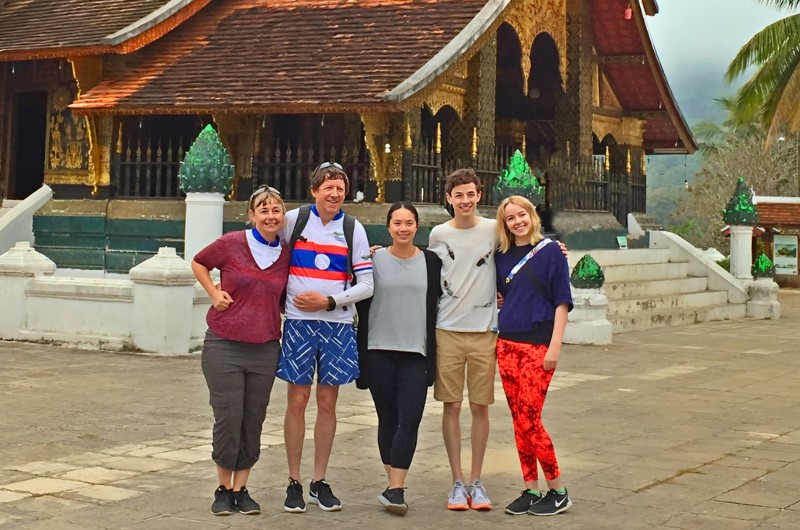
Recent Comments